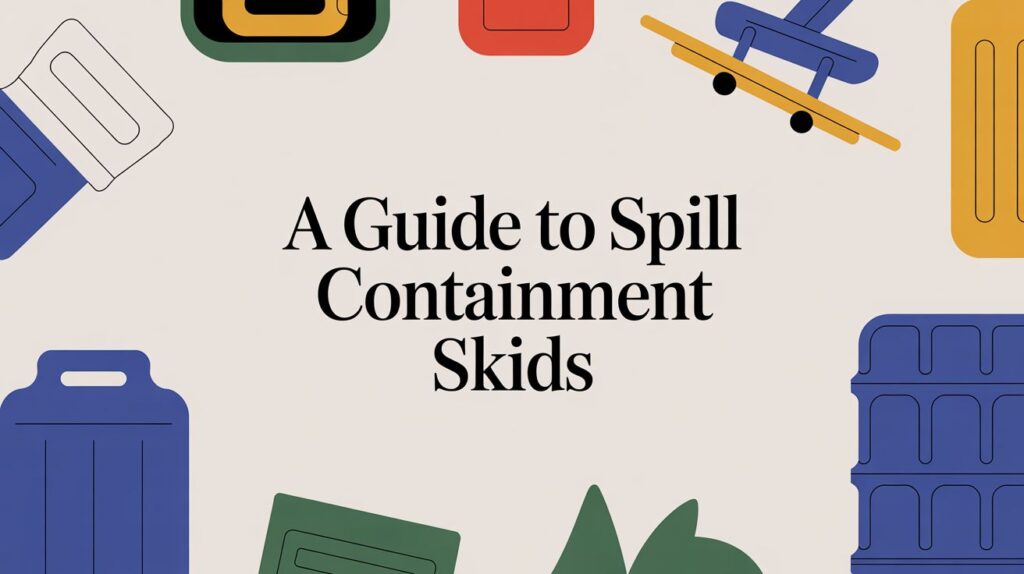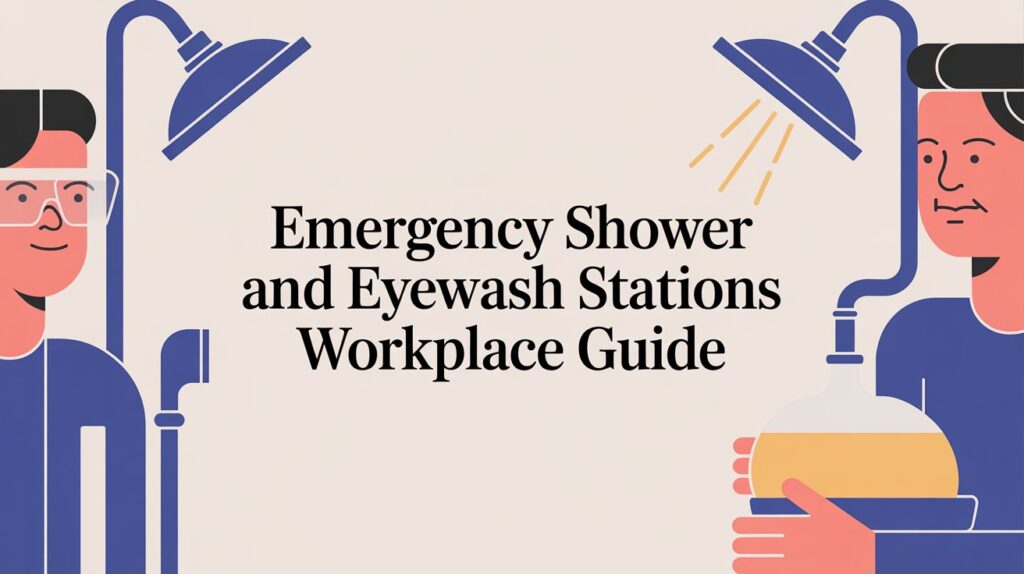Tag Archives: workplace safety
A Guide to Spill Containment Skids
Think of a spill containment skid as a purpose-built safety net for your big che...
Emergency Shower and Eyewash Stations Workplace Guide
When you're dealing with hazardous materials, an emergency shower and eyewa...
Choosing Your Spill Containment Pallet
A spill containment pallet is your first line of defence when storing hazardous ...



